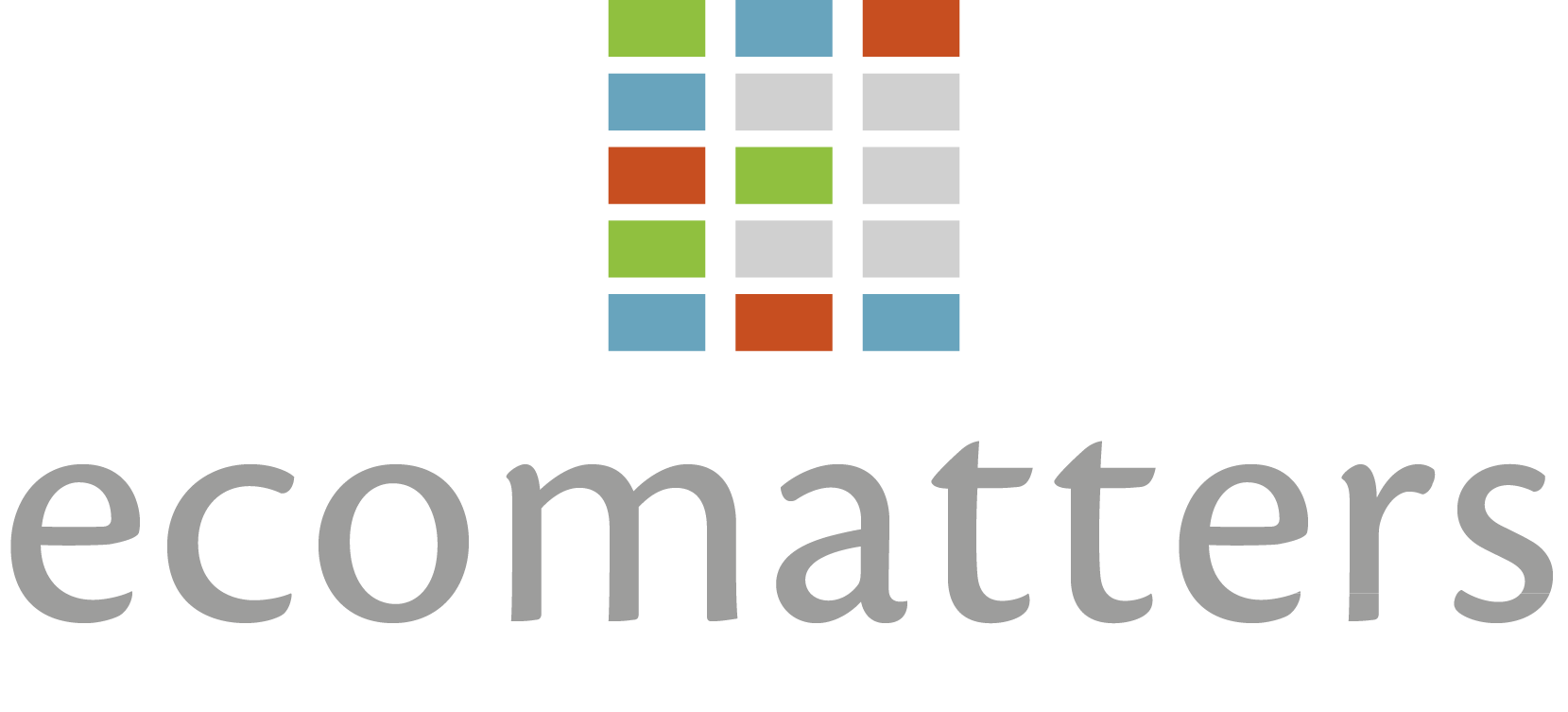Want to get a clear picture of your organisation’s greenhouse gas emissions? ISO 14064-1 gives you a framework to measure, manage, and report your emissions and removals in a reliable, transparent way.
This standard is part of ISO 14064, a series of international standards for measuring and verifying organisational greenhouse gas (GHG) emissions. It consists of three parts:
- ISO 14064-1: Specification with guidance at the organisation level for quantification and reporting of greenhouse gas emissions and removals
- ISO 14064-2: Specification with guidance at the project level for quantification, monitoring and reporting of greenhouse gas emission reductions or removal enhancements
- ISO 14064-3: Specification with guidance for the verification and validation of greenhouse gas statements
The three parts of ISO 14064 provide a formal and structured framework for emissions monitoring, reporting, and third-party verification, complimenting other existing emissions calculation standards like the Green House Gas Protocol. Emissions calculated following the ISO 14064 standards can also be used as the basis for setting science-based emission reduction targets through initiatives like the SBTi.
In this guide, we’ll focus on ISO 14064-1, which provides detailed instructions on designing, developing, managing, and verifying an organisation’s GHG inventory. Originally published in 2006 and updated in 2018, ISO 14064-1 helps organisations ensure transparent and reliable reporting of their greenhouse gas (GHG) emissions and removals.
Guiding Principles
ISO 14064-1 lays out five core principles to help you build a GHG inventory that’s accurate, consistent, and transparent. These are:
-
Relevance – Make sure you include all data needed for accurate decision-making and reporting
-
Completeness – Account for all emissions and removals across your operations
-
Consistency – Use consistent methods over time to enable reliable comparisons
-
Accuracy – Minimise errors and uncertainty wherever possible
-
Transparency – Document your assumptions, sources, and methods clearly so others can understand and verify your approach
Calculation and Reporting under ISO 14064-1
1. Define Organisational boundaries
GHG emissions can be produced from multiple sources and sinks. Therefore, it is important to consolidate all facility-level GHG emission sources and removals.
ISO 14064-1 provides two methods for determining your boundary:
- Emissions from all facilities owned, or controlled, by the organisation are accounted for, or
- A portion of the GHG emissions from each facility are attributable to the organisation based on equity share.
The approach followed should be consistent with the intended use of the GHG inventory.
2. Establish Reporting Boundaries
Once you’ve defined your organisational scope, it’s time to determine the boundaries of your report. The boundaries must be well documented and include the identification of all direct and indirect GHG emissions and removals. The emissions can then be aggregated into six categories and reported at facility level.
3. Quantify GHG Emissions and Removals
To quantify your emissions, start by choosing your method: will you measure them directly or use a model? The approach chosen must yield accurate, consistent and reproducible results. If a modelling approach is chosen, clear documentation must be provided on how the model accurately reflects emissions and removals, as well as the models’ limitations and uncertainties. If the decision is made to measure emissions directly, both primary and secondary data can be utilised.
4. Establish a Base-Year Inventory
A historical base year serves as a benchmark for future comparisons. Haven’t tracked emissions before? No problem—your first inventory can serve as your base year. Adjustments to the base year may be required if there are significant structural changes to reporting or the determination of organisational boundaries, methodology updates, or the discovery of calculation errors.
5. Identify and Quantify Mitigation Activities
If your organisation implements emission reduction initiatives (e.g., afforestation, energy efficiency improvements, carbon capture and storage), these should be quantified. Additionally, any GHG emission off-sets purchased or developed must be reported. Finally, any targets set for reducing emissions must be detailed.
6. Ensure Inventory Quality Management
Once information about your GHG emissions and removals has been collected, calculated, and documented, it is important to implement and maintain an effective GHG inventory management system. ISO 14604-1 sets out the requirements for this.
7. Prepare and Submit a GHG Inventory Report
If you wish to have your GHG inventory verified, or if you plan to state publicly that you are conforming with IS014064-1:2018, an accompanying GHG report is required. A recommended structure for this is provided within the standard. The report covers aspects such as methodological choices, details of quantified direct and indirect GHG emissions, an assessment of uncertainty and the Global Warming Potential (GWP) values used for the calculation.
Ecomatters Support
At Ecomatters we have over a decade of experience in GHG emissions quantification and reporting. If your company or organisation needs support with ISO 14064-1 compliance, our experts are here to help. Contact us or schedule a consultation call and take the next step toward accurate and transparent GHG reporting.
Reporting standard services
Contact us
Brienne Wiersema
Wouter van Kootwijk
Call with our consultant
Do you want to know more about how we can help? Schedule a call with one of our consultants to ask your questions.



